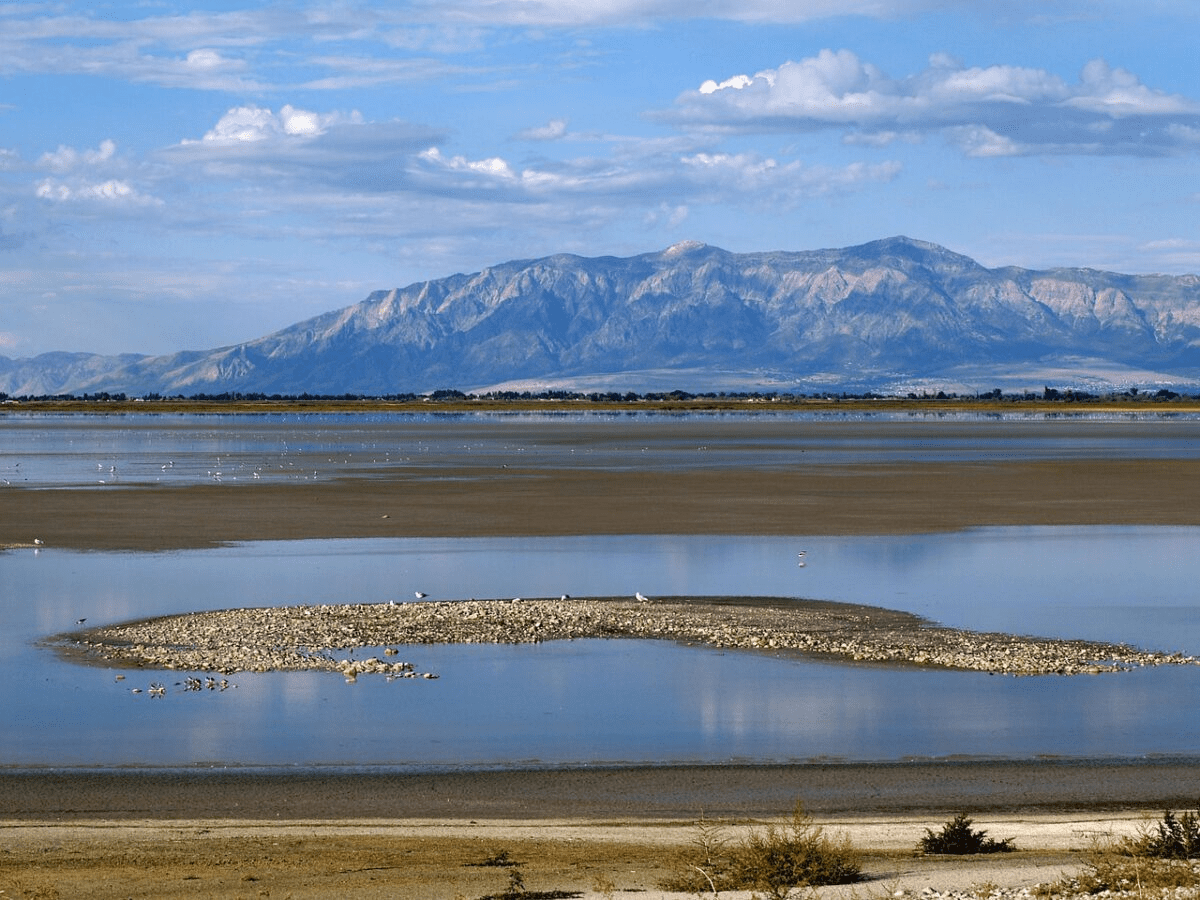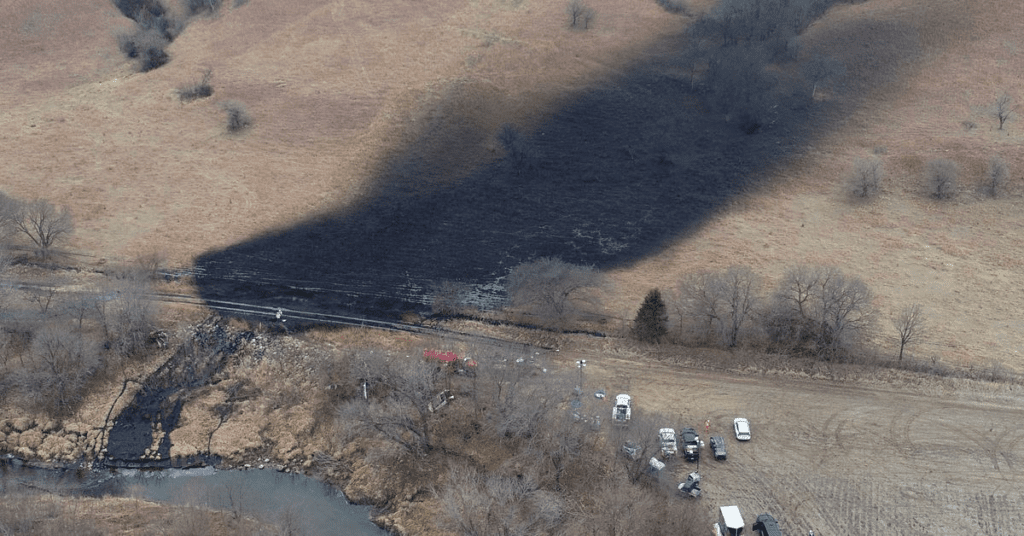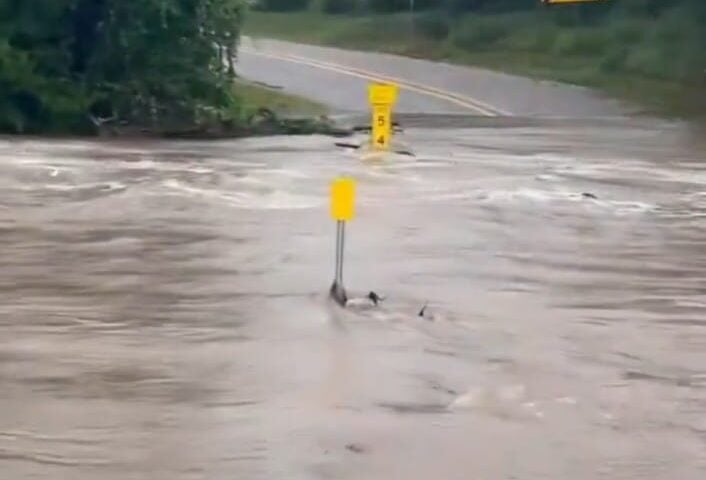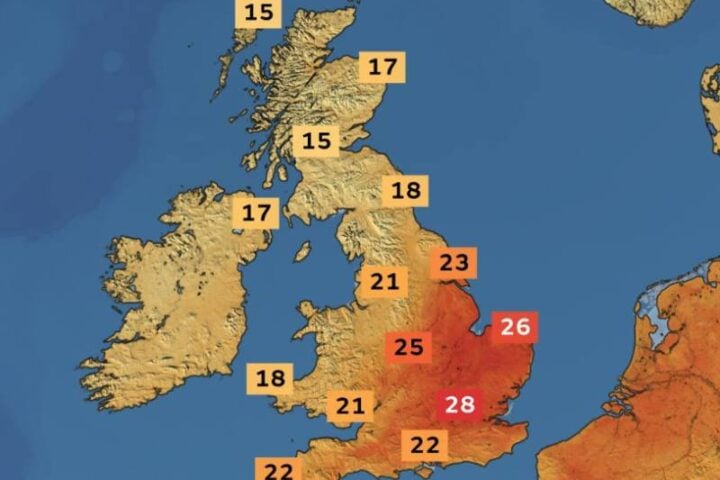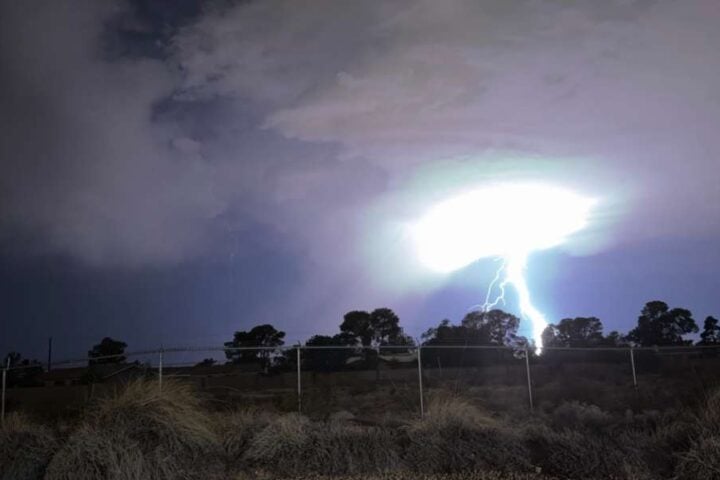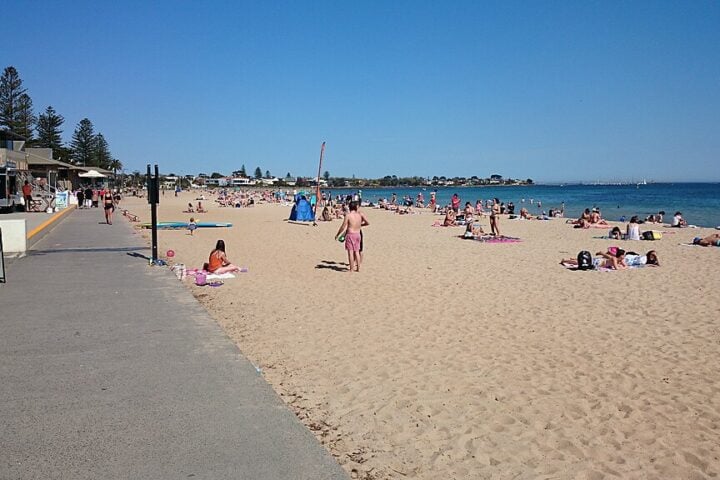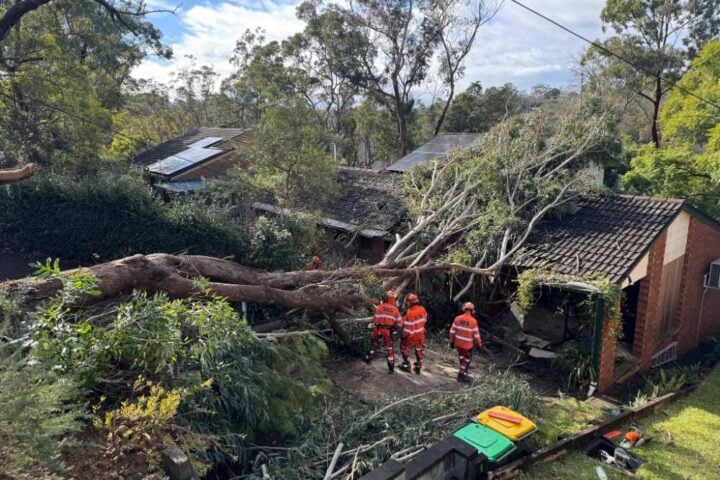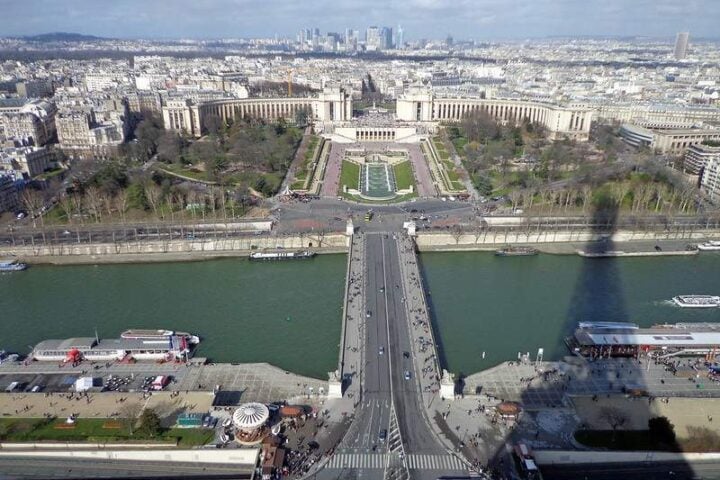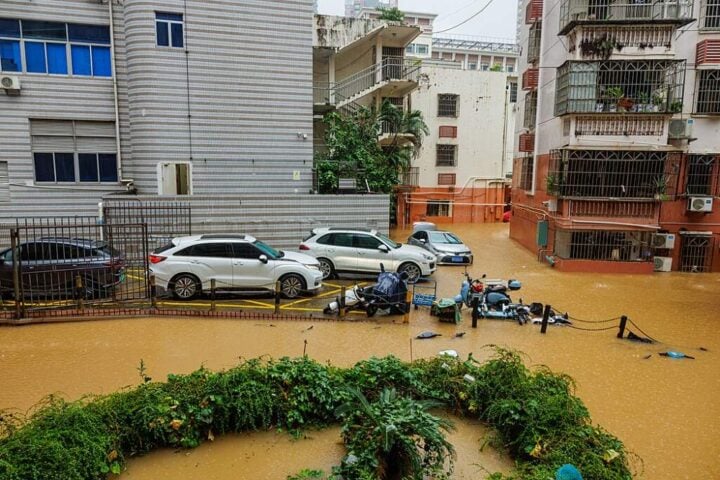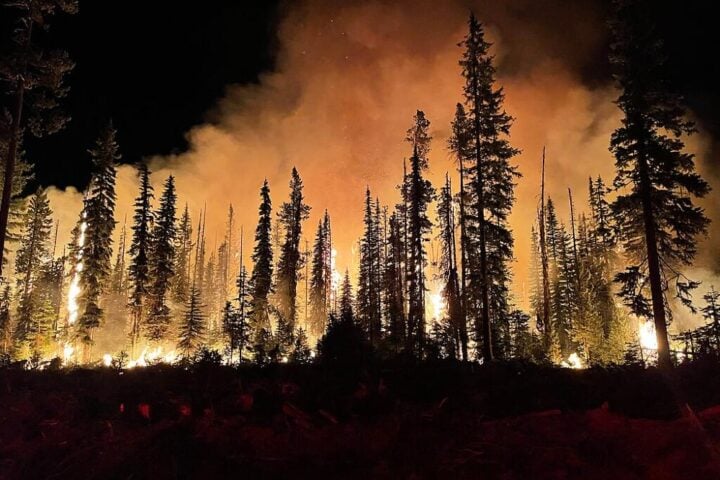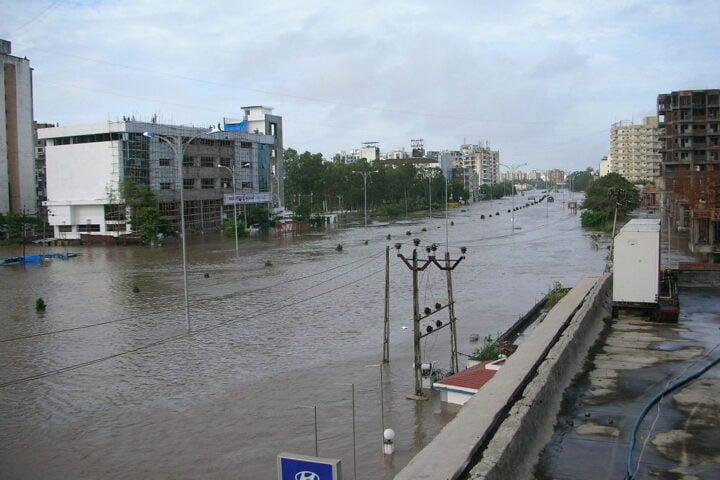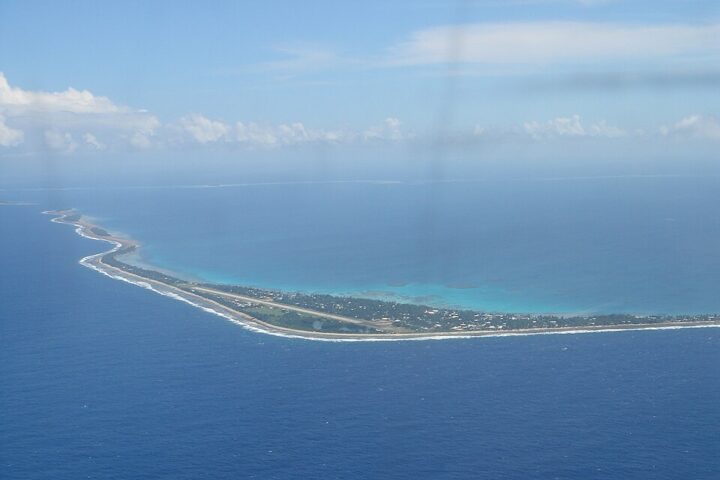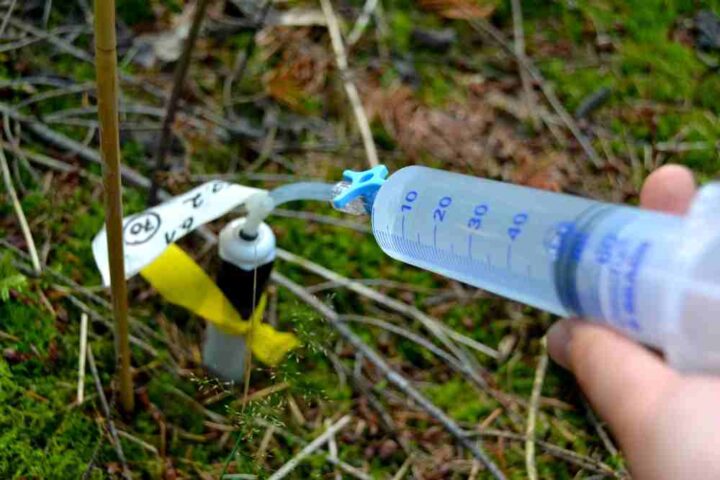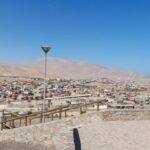Great Salt Lake, a cornerstone of Utah’s ecosystem, is facing a dire threat. Without an immediate and significant increase in water flow over the next two years, the lake’s disappearance could have catastrophic impacts on the state’s public health, environment, and economy. In this moment, the decisions we make will shape the future of our state and neighboring ecosystems for decades to come.
The Great Salt Lake is a vital resource for Utah, providing minerals for industries, sustaining thousands of jobs, and serving as a habitat for millions of migratory birds. The lake’s fertilizers and brine shrimp feed people worldwide, generating $2.5 billion in direct economic activity annually. In addition, the lake is responsible for increasing precipitation, suppressing toxic dust, and supporting 80% of Utah’s wetlands.
However, excessive water usage is rapidly depleting the lake. Currently, it is 19 feet below its average natural level since 1850, having lost 73% of its water and 60% of its surface area. This unsustainable water use is destroying habitats, exposing toxic dust, and altering the lake’s salinity levels, which is disrupting the food chain. The lake’s decline has accelerated since 2020, with an average deficit of 1.2 million acre-feet per year, putting it on track to disappear within five years if this rate continues.
The consequences of losing the Great Salt Lake are far-reaching and often underestimated. Despite recent legislative action and increased public awareness, most Utah residents are unaware of the urgency of the situation. The loss of saline lakes around the world has consistently led to long-term cycles of environmental degradation and economic suffering. Without immediate intervention, we can expect widespread air and water pollution, numerous endangered species listings, and declines in the agriculture industry and overall quality of life.
To reverse the lake’s decline, an additional million acre-feet per year is needed, increasing the average streamflow to 2.5 million acre-feet per year. To achieve this, water usage in the Great Salt Lake watershed must be reduced by a third to a half, depending on future weather conditions. However, recent conservation efforts have only returned a mere 0.1 million acre-feet per year, with most conserved water being held in reservoirs or delivered to other users instead of being released to the lake.
The solution to saving the Great Salt Lake lies in water conservation. Augmentation techniques, such as pipelines, cloud seeding, and new reservoirs, may be discussed, but conservation is the most cost-effective and resilient response. There are successful examples of conservation throughout the region, and ensuring financial, legislative, and technical support for conservation will have long-lasting benefits.
To effectively rescue the lake, increased trust and coordination among farmers, cities, water managers, and policymakers is crucial. Current legislation allows users to return water to the lake while retaining rights, but the lack of trust and cooperation is hindering the response. The governor’s office must implement a watershed-wide emergency rescue and set an emergency streamflow requirement of at least 2.5 million acre-feet per year until the lake reaches its minimum healthy elevation of 4,198 feet. The Legislature must fund and facilitate the rescue by leasing or purchasing water and supporting farmers and cities to reduce consumption. Policy changes, accounting, and monitoring for water shepherding and long-term sustainable water use must be put in place.
Finally, we call on every water user and managers to conserve water and support state efforts. This is an all-hands-on-deck emergency, and we need everyone from farmers, counties, cities, businesses, churches, universities, and other organizations to do their part in reducing outdoor water use. By prioritizing the lake’s well-being in our water usage, we can leave a legacy.
